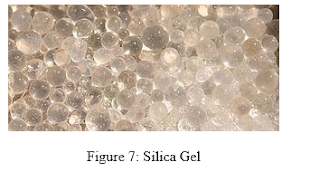Clarity is the area of performance that helps in creating mental acts, image who creates by the teacher within students' heads that will result in their understanding. It is not what the teacher does in the class but, it is what happened inside the students' heads and it is also about cognitive interaction so what students mean when they think about teaching.
One way to decrease problems in class is to be clear when the students do not know what to do. As a result, they start distracting each other. So, as a teacher, it is very important to be very clear.
Clear instructor and modern organized detailed are the criteria that were related to clarity. There are five areas of teacher behavior in Clarity, one of them is framing the big picture and it is divided into six categories:
I. Framing the Learning:
It is to put a frame of the learning which makes it clear and meaningful. And help students to place the new information in a larger framework of meaning.
a- Framing the big picture:
- Communicating the objectives: to let students know what is expected and what should they do. It is for students and it tells them what they will learn so they will be able to know what to focus on.
- Giving students an itinerary: it is a roadmap that tells the students what to do in steps so they will be able to follow with teacher mentally. So, the list of activities they will be doing

- Connecting to a big idea or essential question: Teacher needs to make the connection between different things and the aim of teaching is in order to make it meaningful and clear.
- Explaining why the objective is worthwhile: Teachers should show the students that what they explaining is important and mention the crucial of learning because it makes students interested in the lesson. Also, the teacher ought to give students the reason and value of what they are learning.
- Stating reasons for activities: tell the students why they are doing specific activities and how it leads to the purpose and to the big objective.
- Communicating criteria for success: the teacher must tell the students what they require to do to prove the success at the beginning of the lesson, in order to make it rich for them. So it is when a performance involved.
b-Getting ready for instruction:
- Activating students' current knowledge: The teacher needs to trigger their background knowledge in order to connect it with the new ideas and make it significant. This tells the students that you already know this topic this makes the students overcome their fears. The teacher can do different things to trigger their knowledge (brainstorming/ work splash,...).
- Pre-assessing students knowledge: To know how much the students know about the topic and base our teaching on it.
- Anticipating confusion and misconceptions: The teacher should know or guess the things that the students will be confused off while she is teaching, in order to make it clear.
















